A statue of St. Augustine adorns the wall of a London office building. Near the base of the statue sits a small stone bee. Why is it there?

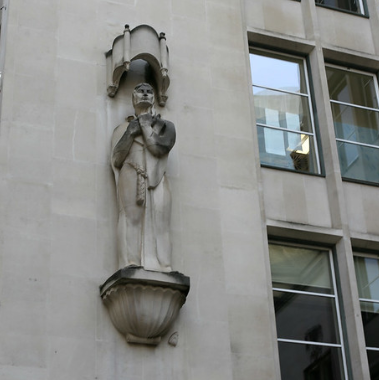
Photo by Ian Hadingham
The Dutch Church in London was founded in 1550, when King Edward VI gave Protestant refugees from the Netherlands permission to use a medieval church that had belonged to the Augustinian order of friars (or “Austin Friars”).
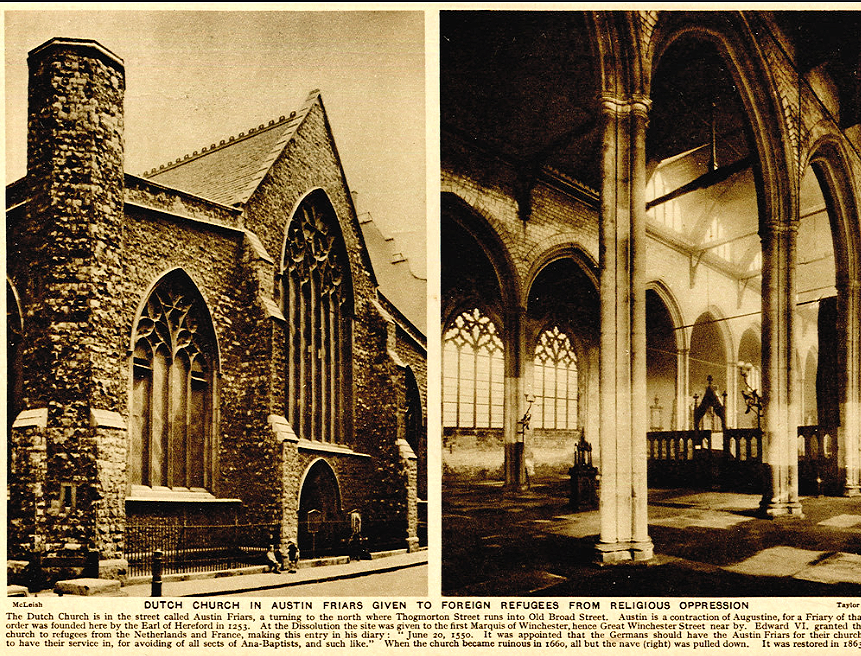
That building was destroyed in an air raid in October 1940.
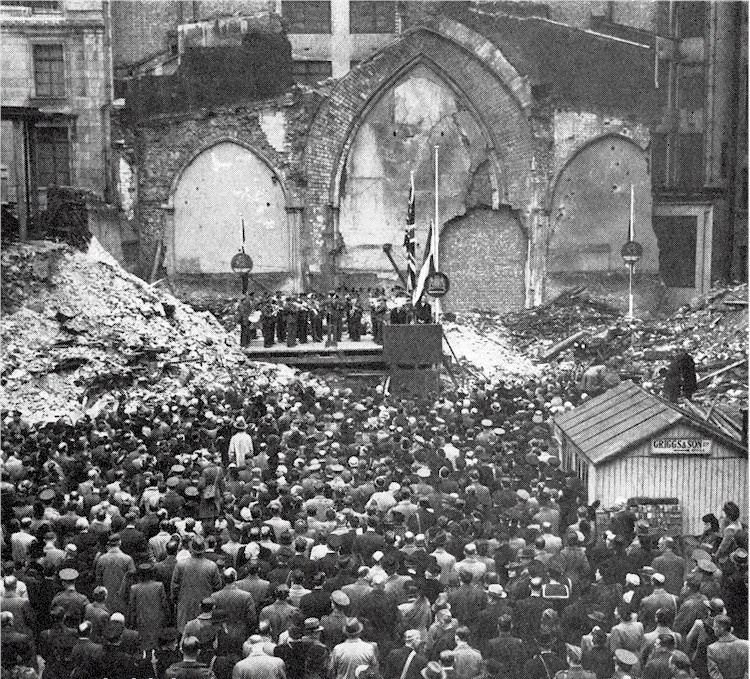
After the war, architect Arthur Bailey designed a new church for the site; it was completed in 1954.
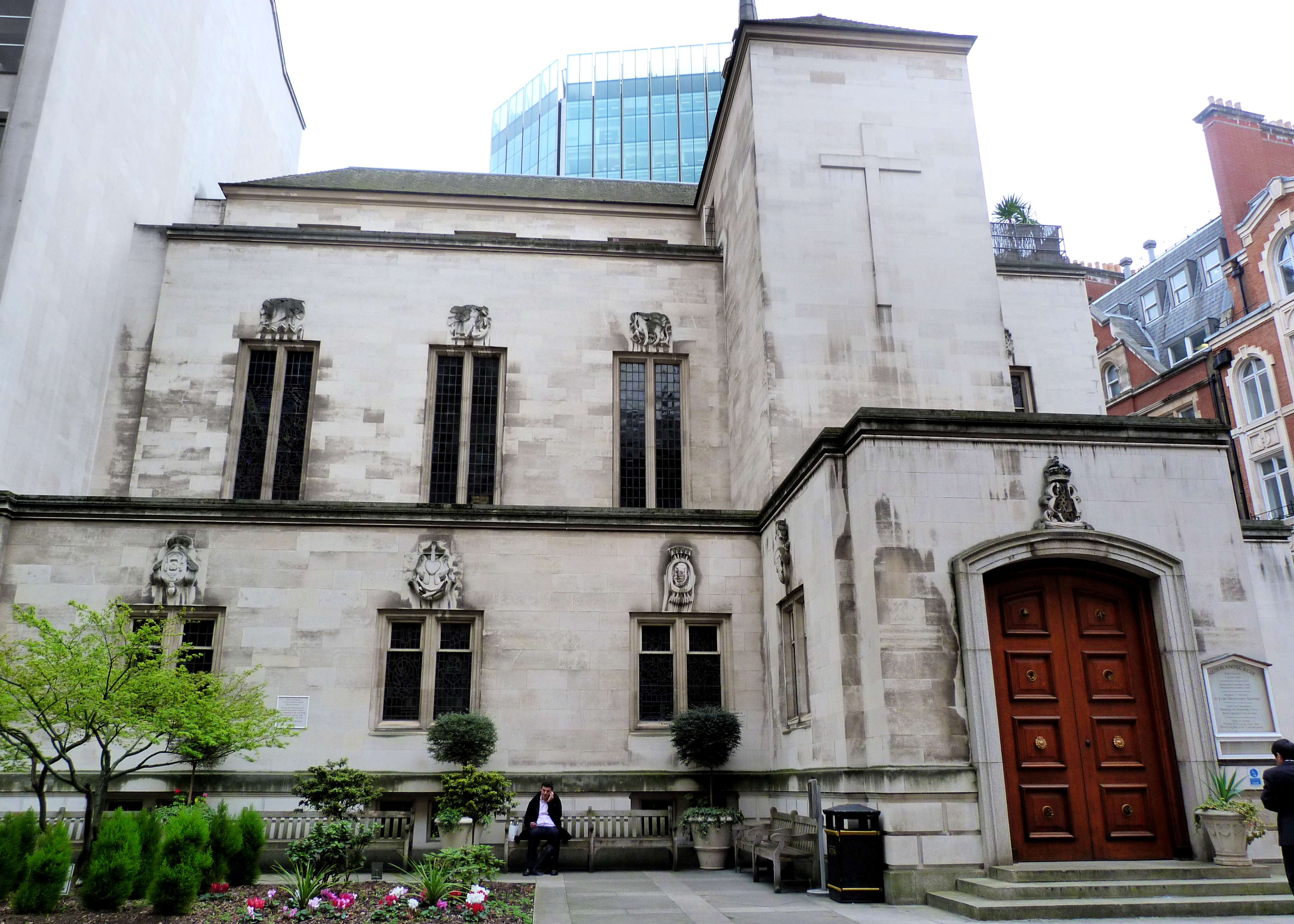
Bailey also designed an office building, Augustine House, for the eastern part of the site. That building opened in 1957.1
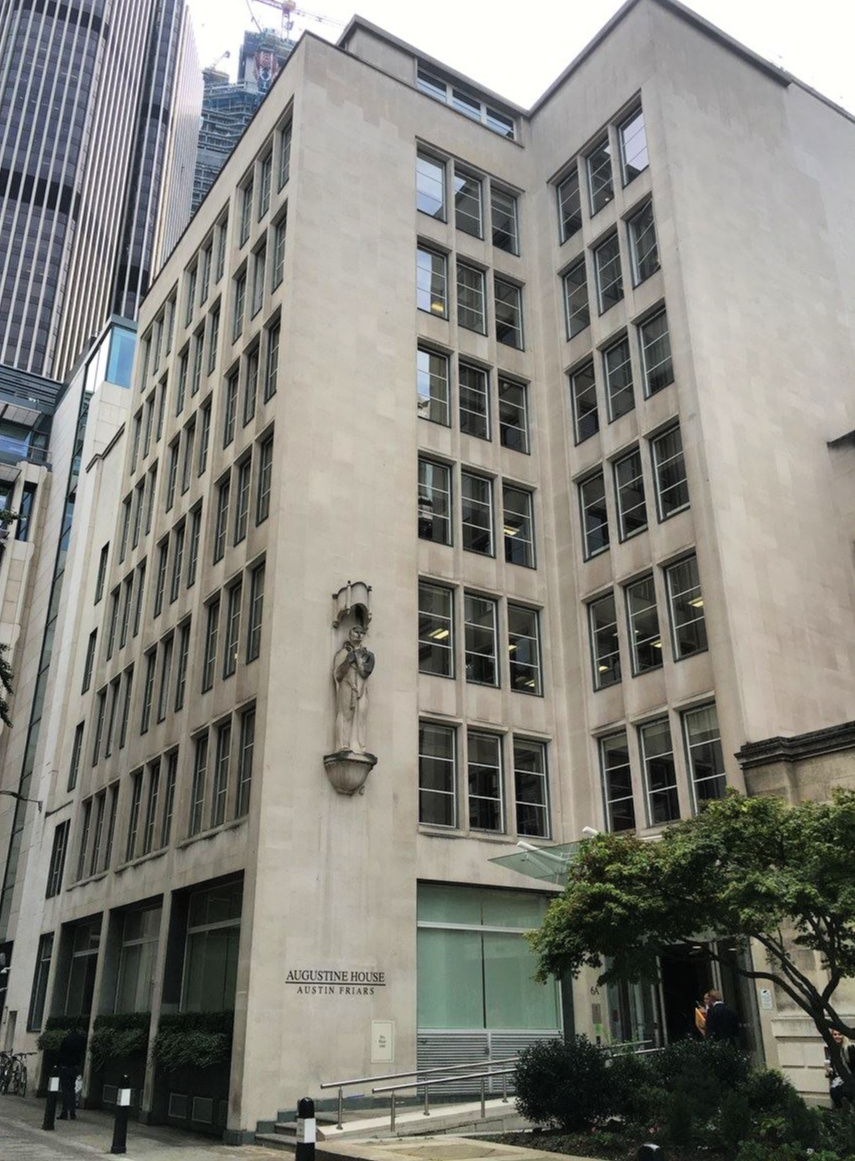
Sculptor John Skeaping had been commissioned to incorporate sculpture throughout the complex, including a statue of Saint Augustine of Hippo at the entrance to Augustine House.
Saint Augustine is best known for his autobiography, Confessions (397-400 AD), in which he describes his early struggles with sin and his eventual conversion to Christianity.
In 1955, Skeaping exhibited a half-size version of his proposed statue of St. Augustine at the Royal Academy.
Reviewer Marjorie Morrison saw the statue and wrote, “To those of us who are tired of formal figures, with all expression conventionalised away, the naturalness and simplicity of this figure is very refreshing. Skeaping shows St. Augustine not as the bishop in Proconsular Africa but as the tormented Christian, clutching to his heart what we take to be the ‘Confessions.’”2

Why is a bee on the wall? Bees were significant to St. Augustine, and he referred to them several times in his writings. When giving a sermon to the recently baptized, he said, “All of you who stand fast in the Lord are a holy seed, a new colony of bees, the very flower of our ministry and fruit of our toil, my joy and my crown.”3
In another letter he wrote, “May we all be as ants pursuing eagerly the path of holy industry, as bees labouring amidst the fragrance of holy duty; and may fruit be brought forth in patience by the saving grace of steadfastness unto the end!”4
The bee’s stylized shape is characteristic of Skeaping’s simplified animal forms.
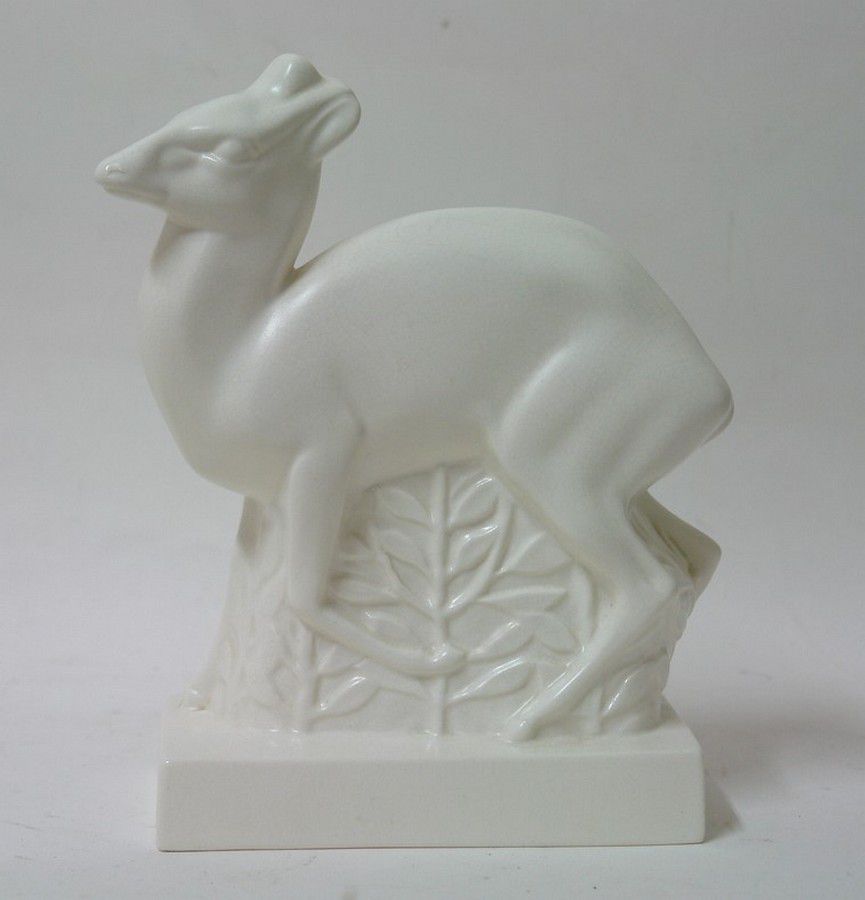
John Skeaping, Duiker, produced for Wedgwood, c. 1927

John Skeaping, Black Basalt Polar Bear, produced for Wedgwood, c. 1927
St. Augustine of Hippo
Artist: John Skeaping (1901-1980)
The English artist John Skeaping is best known for his sculptures of animals, particularly race horses, but he was also an accomplished painter and sculptor of other subjects, as well as the author of several books about art. Skeaping was the first husband of the sculptor Barbara Hepworth.
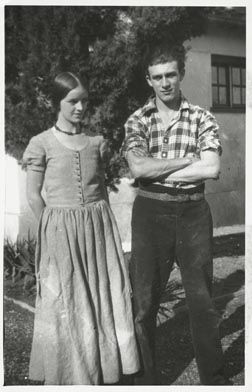 Barbara Hepworth & John Skeaping, Rome, c. 1925
Barbara Hepworth & John Skeaping, Rome, c. 1925
Date: 1955-57
Material: Stone
Size: 2.4 meters high (7 ft. 9 in. high)
Location: Augustine House, 6A Austin Friars, London
Online Information:
Simon K, Norfolk Odyssey Flickr Photostream
Tate Museum, tate.org.uk, John Skeaping.
Other Information/Sources:
Blackwood, Jonathan, The Sculpture of John Skeaping, Surrey: Lund Humphries in association with The Henry Moore Foundation, 2011.
Ward-Jackson, Philip, Public Sculpture of the City of London, Liverpool: Liverpool University Press, 2003.
- Ward-Jackson p. 7.
- Ward-Jackson p. 9, citing Builder magazine, 20 May 1955.
- Sermon 8, Octave of Easter by St. Augustine; Ward-Jackson p. 9.
- Letter 41, to Father Aurelius, AD 379.
 SECRET IMAGES
SECRET IMAGES
Leave a Reply